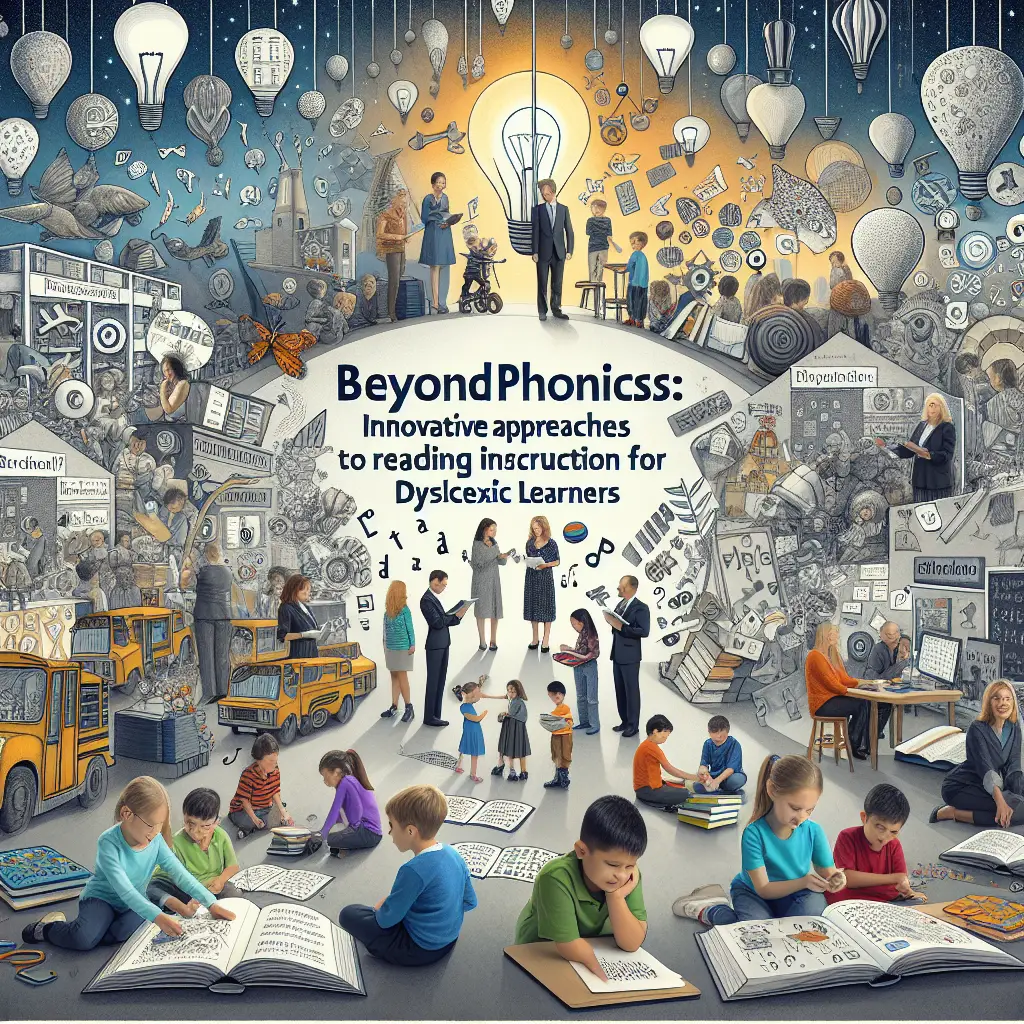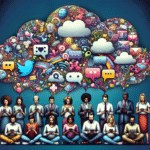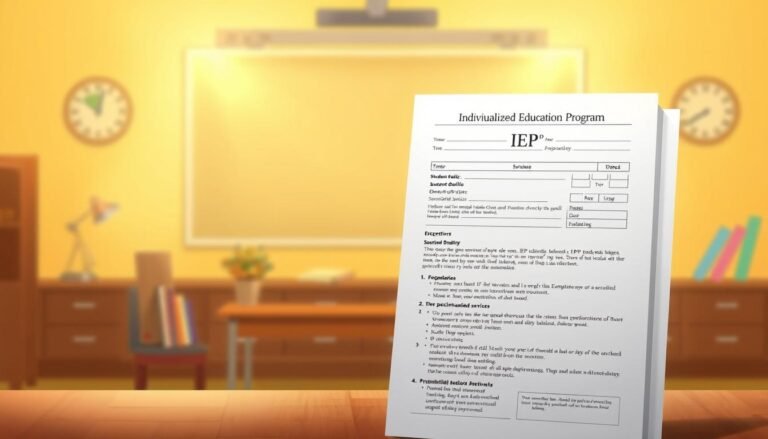
Beyond Phonics: Innovative Approaches to Reading Instruction for Dyslexic Learners
Introduction: The Readiness Revolution
Imagine a world where every child could read with confidence, regardless of their learning challenges. For dyslexic learners, reading can often feel like navigating a labyrinth, strewn with obstacles that hinder their progress. While phonics-based instruction has long been the cornerstone of reading education, the need for evolution is critical. Addressing dyslexia through Beyond Phonics: Innovative Approaches to Reading Instruction for Dyslexic Learners can offer those struggling readers the support they so desperately need. This article dives deep into innovative methods that step outside the traditional phonics mold.
Understanding Dyslexia: More Than Just Phonetic Challenges
Dyslexia is a language-based learning disability that affects individuals’ ability to read, write, and spell. Research shows that approximately 1 in 5 people are dyslexic, and yet educational systems have predominantly emphasized phonics – a systematic method of teaching that focuses on letters and sounds. While phonics plays a role, it’s crucial to acknowledge that dyslexia impacts cognitive processes including auditory, visual, and processing skills.
Case Study: The Balancing Act at Oakwood Academy
At Oakwood Academy, educators developed a holistic program that incorporated visual learning strategies alongside phonics. As a result, they observed a 30% improvement in reading fluency among dyslexic learners within two semesters. This case illustrates how a more rounded approach can yield significant results.
Beyond Phonics: The Appeal of Multi-Sensory Learning
Multi-sensory learning integrates visual, auditory, and kinesthetic methods to make reading instruction more accessible. This strategy aligns with how dyslexic learners process information best.
Table 1: Benefits of Multi-Sensory Learning
| Learning Style | Methodology | Benefits |
|---|---|---|
| Visual | Use of images, diagrams, color coding | Increases understanding and retention |
| Auditory | Songs, rhymes, and read-aloud sessions | Enhances auditory processing |
| Kinesthetic | Tactile materials, movement-based activities | Engages students actively |
In practice, a program utilizing multi-sensory techniques not only aids in decoding words but also bolsters confidence through active participation.
The Role of Technology in Reading Instruction
In today’s digital age, technology has emerged as a powerful ally for dyslexic learners. Apps and software like Text-to-Speech, speech recognition, and interactive reading platforms create an engaging learning environment and enhance the traditional methods.
Case Study: Tech-Infused Learning at Crestwood High
At Crestwood High, educators adopted a comprehensive reading tool that included Text-to-Speech and interactive storytelling capabilities. Within a year, 40% of students reported increased motivation and improved reading scores. This case underlines how technology can transform engagement and reading efficacy.
Incorporating Universal Design for Learning (UDL)
Universal Design for Learning (UDL) is an educational framework that combines multiple means of engagement, representation, and action to tailor the learning experience to individual needs. UDL encourages flexibility in how students access information, demonstrate knowledge, and engage in learning.
Benefits of UDL in Reading Instruction
- Personalization: Students choose the methods that work best for them.
- Increased Engagement: Varied materials and formats cater to diverse interests.
- Equitable Access: All learners can achieve success through different pathways.
Emotional and Social Aspects of Reading Instruction
Beyond the cognitive challenges, dyslexic learners often face emotional hurdles. Building self-esteem and resilience through a supportive reading environment can significantly alter a student’s relationship with reading.
Case Study: The Emotional Rebound at Harmony School
Harmony School launched a mentorship program where older students supported younger dyslexic learners. The result was not only improved reading skills but a 50% increase in confidence among participants, reinforcing that emotional support is just as vital as instructional strategies.
The Power of Collaborative Learning
Fostering a collaborative learning environment can promote social interaction and peer support, integral for dyslexic learners. Working with peers can reduce anxiety and enhance confidence, transforming learning from an isolating experience into a cooperative adventure.
Conclusion: Crafting Futures One Reader at a Time
The journey to address dyslexia is about more than phonics; it’s about innovation and commitment to finding solutions that work. The framework of Beyond Phonics: Innovative Approaches to Reading Instruction for Dyslexic Learners offers pathways that are inclusive, adaptive, and supportive. Where traditional methods falter, creativity and empathy can pave the way for reading success.
By embracing alternative approaches, their reading challenges can transform into triumphs, inspiring all learners along the way.
FAQs: Common Questions About Innovative Reading Instruction for Dyslexic Learners
1. What is the best method for teaching reading to dyslexic learners?
Different methods work for different students, but multi-sensory approaches tend to yield the best results, as they engage various cognitive processes.
2. Is phonics still important for dyslexic learners?
Yes, phonics can be an essential component but should be complemented with other strategies to enhance overall comprehension.
3. Can technology assist dyslexic students in reading?
Absolutely! Technology such as Text-to-Speech and interactive apps can greatly benefit dyslexic learners by making reading more accessible and engaging.
4. How can teachers support dyslexic students?
Through individualized instruction, implementing UDL, and creating an emotionally supportive environment, teachers can significantly help dyslexic learners thrive.
5. What role does emotional support play in reading instruction?
Emotional support boosts confidence and motivation, which are crucial for the learning process, especially for dyslexic students facing academic challenges.
6. How can parents help their dyslexic children at home?
Parents can encourage reading through engaging materials, support their children’s unique learning styles, and maintain a positive, pressure-free reading environment.
Closing Thoughts
As the educational landscape continues to evolve, the importance of having robust, innovative strategies for teaching reading cannot be overstated. By integrating Beyond Phonics: Innovative Approaches to Reading Instruction for Dyslexic Learners, we embrace a future where all learners, regardless of their challenges, have the tools they need to succeed and flourish in life.
















